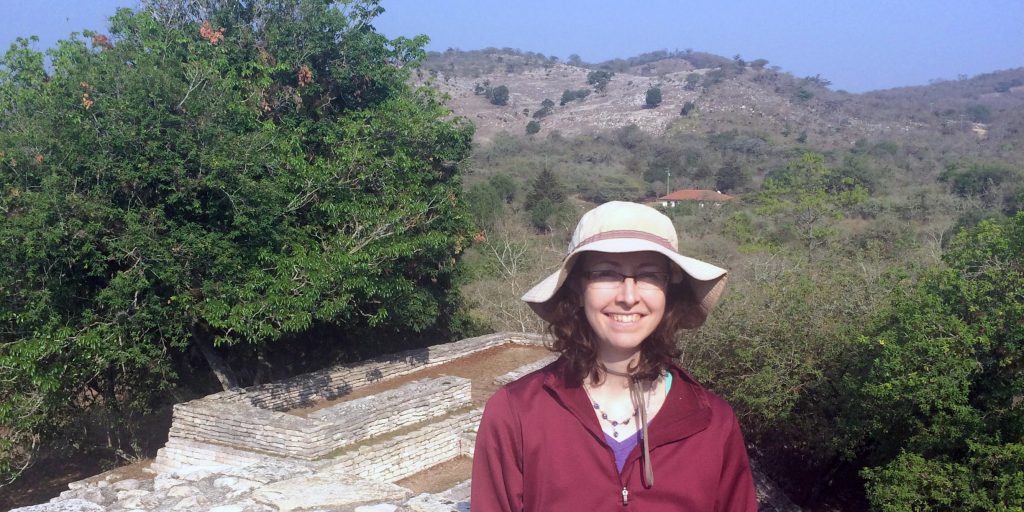The political economies of ancient Mesoamerica were supported by currencies that, at first glance, may not look like money to Western observers. Mesoamerican currencies include items such as shell and jade beads, miniature copper and jade axes, cacao beans, standardized pieces of cotton cloth, copper bells, and even cakes of salt. These valuable items served generations of Mesoamericans as stores of wealth against famine or conflict, and media of exchange that fueled expansive trade networks that eventually spanned from modern day New Mexico to Costa Rica. One notable aspect of Mesoamerican currency was that bells, beads, and cloth could also be worn as jewelry or clothing, which has hindered its recognition in the archaeological record by Western scholars. This talk will explore the history of Mesoamerican currencies, from their earliest evidence in Northern Belize (900 – 300 BC) to their role in pan-Mesoamerican trade up to the arrival of the Spanish Conquistadores.
Elizabeth Paris is a Mesoamerican archaeologist with a regional focus on the Maya civilization. The central goal of her research is to investigate the ways that wealth and power were expressed at the community scale, focusing particularly on the manipulation of high-value commodities and materials. Paris is an Assistant Professor in the Department of Anthropology and Archaeology, UCalgary.
Free, Register on Eventbrite for access.
